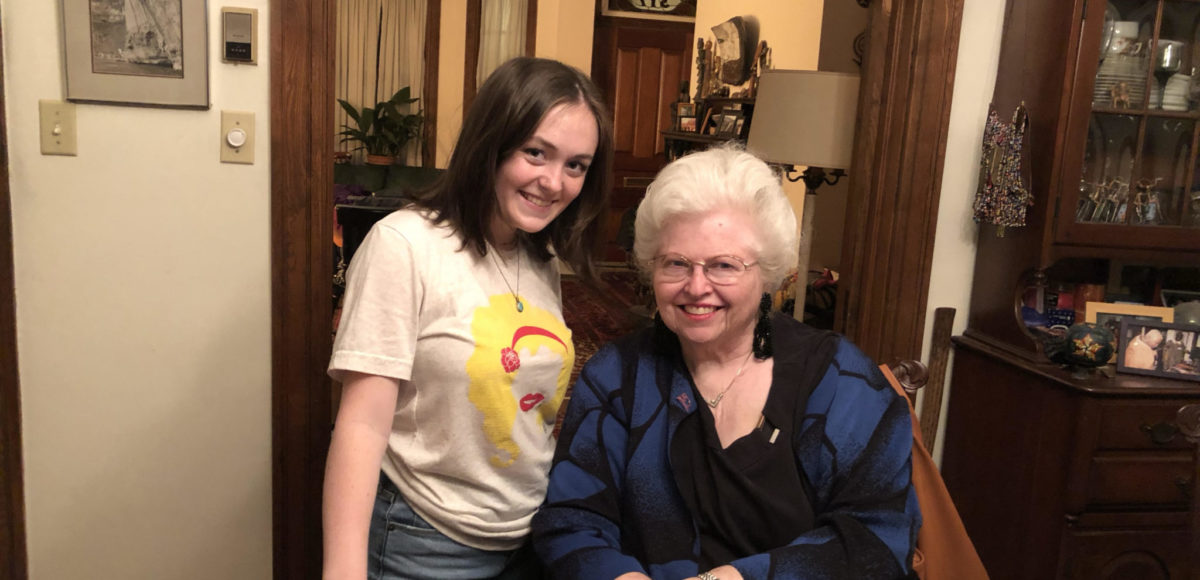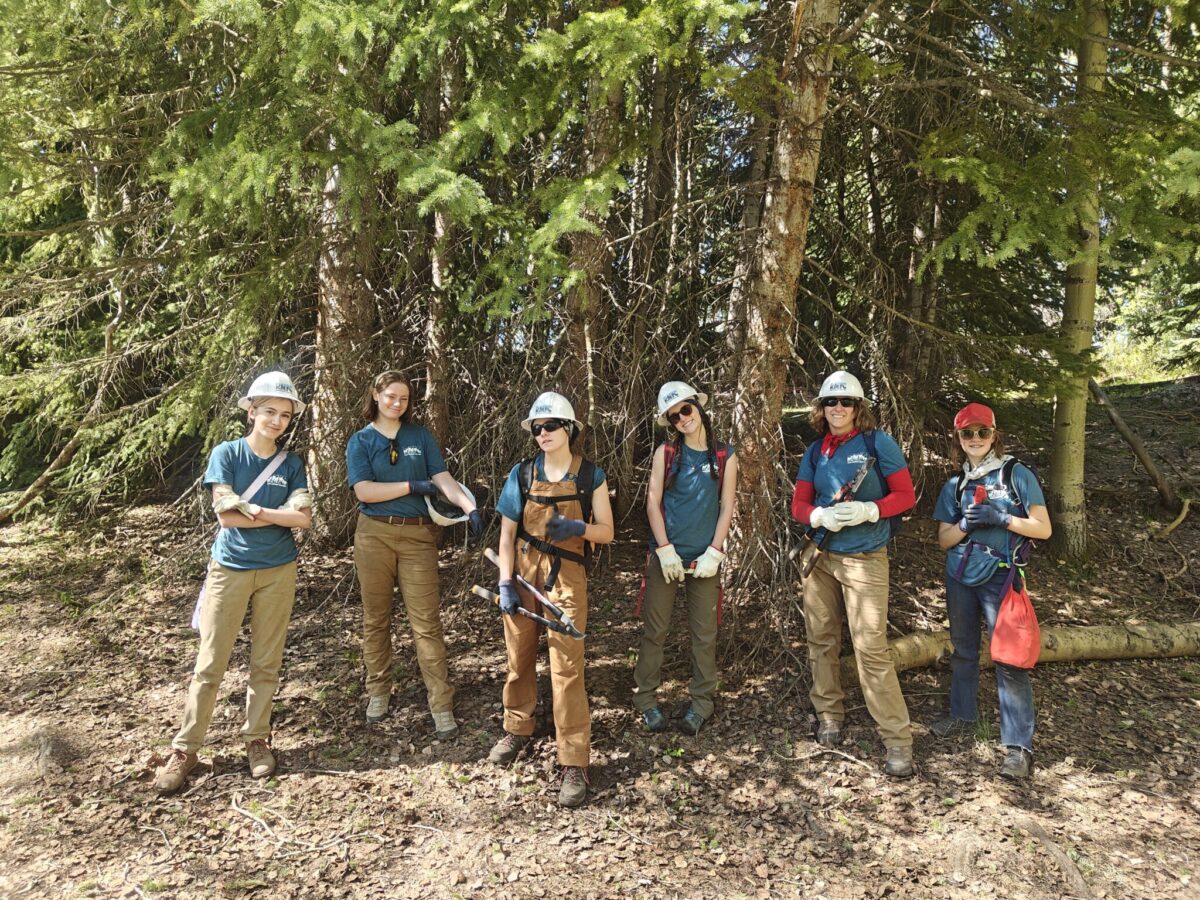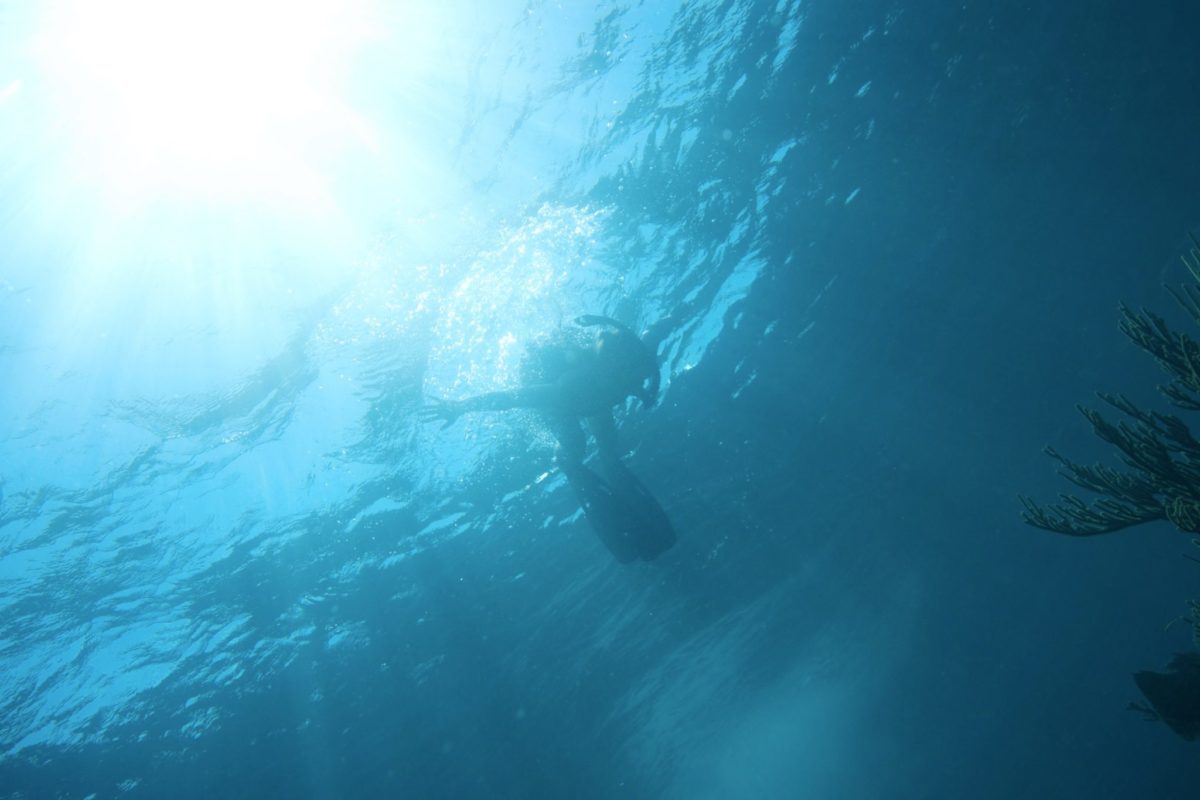When I first thought of working for the United States Holocaust Memorial Museum, the idea seemed daunting. Washington D.C. in general seems daunting, working with people I have never met before is daunting, living with people I have only briefly met before seems daunting. I could only really imagine what would come forward for my very first co-op. My employers proceeded to tell me that I would be splitting my time 50/50 between the two of them. One is an Antioch Alumn, Marc Mazurovsky who focuses on Art Restitution and making a database in order to consolidate all the information out there and make it as accessible to the public as possible, in order to educate and help those Jewish families who have yet to see their losses accounted for. My other employer is the Oral History Collections Manager, Noemi Szekely-Popescu, she works with a plethora of people internationally in order to collect and record people’s stories from World War Two, specifically those that involve the Holocaust.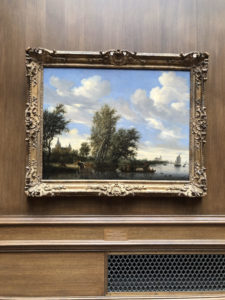
“Never Again.” That is the mission statement that encompasses the purpose of the United States Holocaust Memorial Museum. When you walk through each instalment in the museum, “Never Again” is plastered all over the building, it is wired into the very foundations of the beams that hold it up. Most of the work that I have been doing has been to work towards making information known to my superiors, which in turn would make it the information available to the general public. This access to knowledge embodies the entire missions statement, because knowledge is power. If one learns from their mistakes as well as other incredibly unfortunate events, such as the Holocaust , one would hope that it would never happen again. However, despite the hopeful undertones of “Never Again”, the museum has made an effort to consider the repetitions of genocide that have happened across the world. Currently, there is an exhibit on the genocide in Syria.
I have done many things here at USHMM, but most notably, I have started clean-up work for the ERR project, which is the previously mentioned database that Marc Mazurovsky helped formulate (https://www.errproject.org/jeudepaume/). And I am about to finish a project consisting of translating Italian Government documents pertaining to a group of Jewish refugees during World War Two. I have also been in contact with, what we like to call witnesses, those who saw the atrocities committed by the Nazis but were not all the way involved.
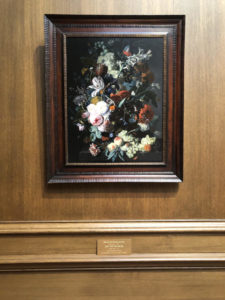 While in DC, I had the pleasure of meeting Sarah Weddington, the woman who fought Roe v. Wade, the landmark SCOTUS case. I have also walked through the National Gallery of Art and looked for all the art that the Nazis stole during World War Two. This excursion was particularly eventful, as I was going through the museum, looking for the titles that were on the list of names I got from previous research. I was proud! I wanted to share what I was doing, thinking that the employees of the NGA would know the provenance of the paintings housed between those walls. I approached one of the monitors/guards in the room I was in and I told him I was looking for the looted art. . the man suddenly got a very offended look on his face, as if I just accused him of looting the art.
While in DC, I had the pleasure of meeting Sarah Weddington, the woman who fought Roe v. Wade, the landmark SCOTUS case. I have also walked through the National Gallery of Art and looked for all the art that the Nazis stole during World War Two. This excursion was particularly eventful, as I was going through the museum, looking for the titles that were on the list of names I got from previous research. I was proud! I wanted to share what I was doing, thinking that the employees of the NGA would know the provenance of the paintings housed between those walls. I approached one of the monitors/guards in the room I was in and I told him I was looking for the looted art. . the man suddenly got a very offended look on his face, as if I just accused him of looting the art.
I look forward to seeing what else DC has to offer!


